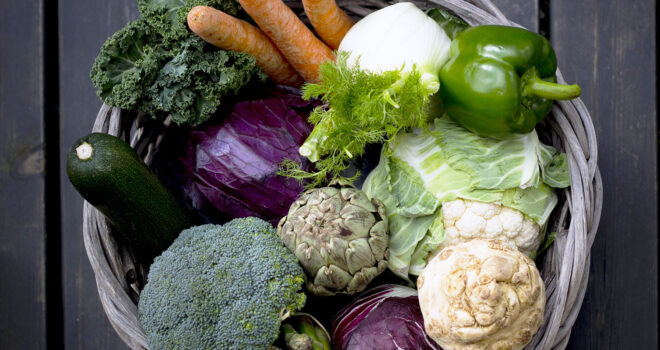Preparing vegetables with a distinctive flavor is not always easy, especially when children are involved! However, fennel, celery, Jerusalem artichokes, sorrel, onions, and cabbage are vegetables that can wake up your taste buds. They are easy to cook, and with a few simple tips, you can harness their unique taste.
Pair them carefully!
Other vegetables can help attenuate the sharp and strong flavor of these distinctive vegetables. For example, you might consider the roundness of artichokes or eggplants, the smoothness of carrots or beets. You could prepare sorrel with cream or make a puree of sorrel and carrots. Aniseed-flavored vegetables like fennel go well with the acidity of lemons. You can also soften them with some steamed cauliflower, zucchini, or even cooked apples. You can also play with proportions: 1/4 of a celeriac with 3 carrots. That will make a sweet but tasty puree that everyone will appreciate. Onions are acidic, but preparing them in a frying pan with a pinch of sugar helps soften the acidity and develop its flavors. In a puree with a potato or a handful of cooked cauliflower, onions become very refined. The same goes for endives! And as for cabbage, it goes well with lard which makes it softer and refines its flavors. Just a slice of lard is enough.
Serve distinctive vegetables several times
Making children appreciate distinctive vegetables is not an impossible task. A child can get over their initial dislike if they become familiar with the vegetable. The more you expose them to it, the more likely they are to end up accepting it. The secret? Children are less likely to reject certain ways of preparing the vegetable: casseroles with melted cheese, creamy dishes, pasta dishes, or dishes with potatoes or rice are all good ways to help children learn to appreciate these vegetables. Moreover, as children grow up and their taste evolves, these distinctive vegetables are more appealing to them. It is important not to give up when a child refuses a vegetable, and set a good example yourself!



 Chickpeas
Chickpeas  Lentils
Lentils  Plant Diseases, Garden Pests, and Possible Treatments
Plant Diseases, Garden Pests, and Possible Treatments 









